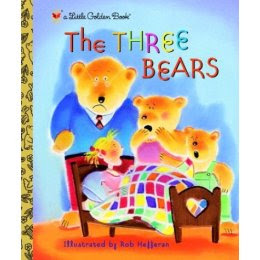
Charlie and the Chocolate Factory, was one of my favorite films as a child, so I just simply could not wait to read the book as an adult. Like all of Dahl's stories, Charlie and the Chocolate Factory is filled with over the top and fun nonsense. Dahl makes his story popular by combining the elements of nonsense and humor.
Charlie Bucket, our main character, is a young boy who lives in a small wooden cottage outside of town with his three generations of his family. Aside from his parents and his bedridden grandparents, Charlie has an adoration and obsession with chocolate. However, his family unable to make ends meet, Charlie is only awarded with one bar of chocolate for his birthday each year. Needless to say, Charlie Bucket is consumed with dissapointment when he discovers that Willy Wonka, an eccentric candy gooroo in town, wishes to hide five golden tickets in his delicious chocolate bars that will allow each winner to gain access to the many secrets of his factory. When Charlie finds one whole dollar hidden in the snow on his way home from school, one day there is no question on what his new money will be spent. When he purchases two candy bars at the local candy store, Charlie never anticipates that one of his candy bars has the final golden ticket hidden underneath the wrapper. Charlie and his grandfather, have the profound opportunity travel to Wonka's factory and discover the wonders and secrets of this famous candy mansion.
Road Dahl, the king of originality, certainly allows for this story to be a children's favorite, as he creates a fantasy world filled with Oompa Loompas, a river made of chocolate, and a great glass elevator. He achieves popularity through his nonsense and his humor. Dahl allows these elements of humor and nonsense to combine through the magical candy factory owned by Willy Wonka. The nonsense of the story is what generally makes the story comical for children. For example, children seem to giggle as Mr. Wonka describes his Oompa Loompas. "Then you'll know all about it, Mrs. Salt. And oh what a terrible country it is. Nothing but thick jungles infested by the most dangerous beasts in the world.-hornswogglers, snozzwangers, and those terrible wicked whagdoodles...." (65) Children laugh as Mr. Wonka seems to outsmart the adults with his far fetched tales. Another location in the story that children seem to laugh at the nonsense element is when Wonka is decribing the various rooms in the factory. EATABLE MARSHMELLOW PILLOWS, LICKABLE WALLPAPER FOR NURSERIES, HOT ICE CREAM FOR COLD DAYS, and COWS THAT GIVE CHOCOLATE MILK are just a few of the rooms located in Wonka's factory. Despite the adult's insistance on the falseness of it all, Wonka seems to outsmart the parents again with his outlandish explainations. Road Dahl allows Wonka the ability of actually being believable with his stories. Augustus Gloop being sucked into the chocolate pipe, Violet Beauregade being turned into a giant blueberry, and little Mike Teavee being shrunk to a minature size all contribute to the nonsense and humor element in the story.


















